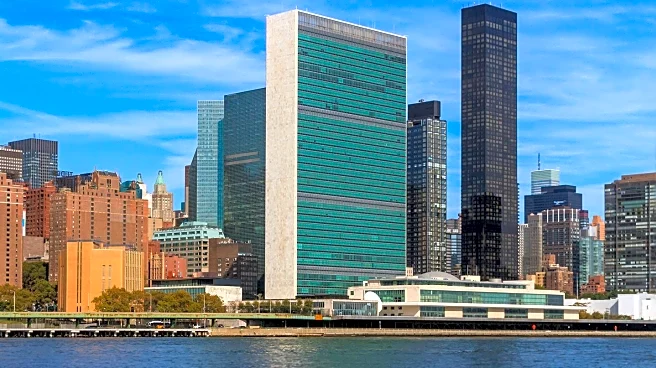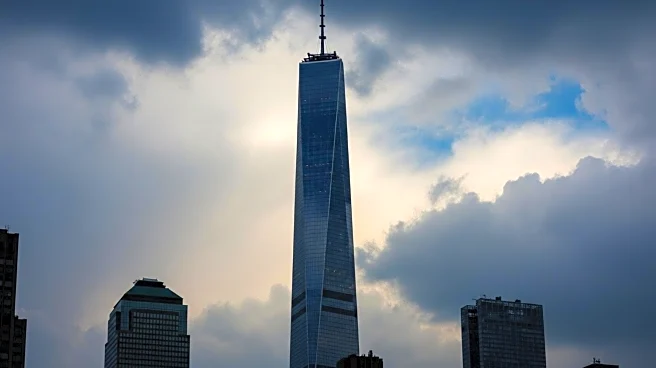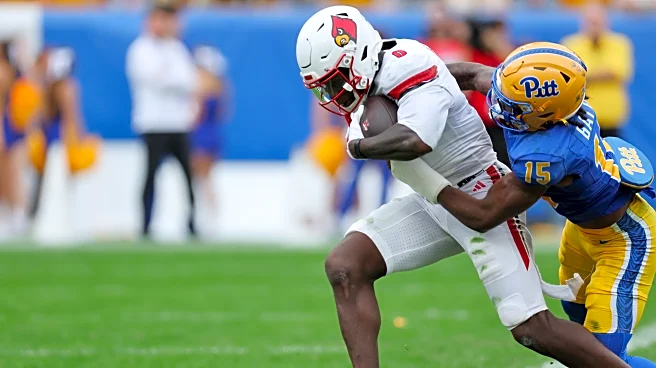What's Happening?
A former Wisconsin resident, who moved to New York City over a decade ago, shares insights into the cultural differences experienced when returning to the Midwest. The individual notes several aspects that stand out, such as the emptier airports, larger retail stores, and the availability of plastic bags, which contrast sharply with the bustling, compact, and environmentally conscious nature of New York City. The article highlights the distinct Midwestern friendliness, the prevalence of football culture, and the strong regional accents that feel novel after years in the urban environment of New York. Additionally, the cost of living differences are evident, with lower prices for gas and groceries in the Midwest compared to New York.
Why It's Important?
This narrative underscores the significant cultural and economic disparities between different regions of the United States. The observations provide a lens into how regional characteristics shape daily life, consumer behavior, and social interactions. For businesses and policymakers, understanding these differences is crucial for tailoring services and policies that resonate with local populations. The story also highlights the broader implications of urbanization and regional identity, as individuals navigate the complexities of moving between diverse cultural landscapes.
What's Next?
As more people relocate between regions, there may be increased interest in understanding and bridging cultural gaps. Businesses might explore opportunities to cater to regional preferences, while policymakers could consider the impact of regional differences on economic and social policies. The ongoing dialogue about regional identity and cultural adaptation is likely to continue as mobility and migration patterns evolve.
Beyond the Headlines
The cultural reflections in this story also touch on deeper themes of nostalgia and identity. As individuals move and adapt to new environments, they often experience a shift in their sense of belonging and cultural identity. This can lead to a reevaluation of personal values and connections to one's roots, influencing how people perceive and engage with their surroundings.












